Snapshots of an Epidemic: An HIV/AIDS Timeline
Snapshots of an Epidemic: An HIV/AIDS Timeline
“Were it not for the profound sadness I feel for being so close to immense tragedy, I would consider my work for amfAR—an organization poised on the frontiers of medical research—the most exciting, enviable, and rewarding of all.”
—Mathilde Krim, Ph.D., Founding Chairman, amfAR

Unexplained cases of enlarged lymph nodes among gay men are observed and studied by physicians and researchers in New York City, including Dr. Mathilde Krim.

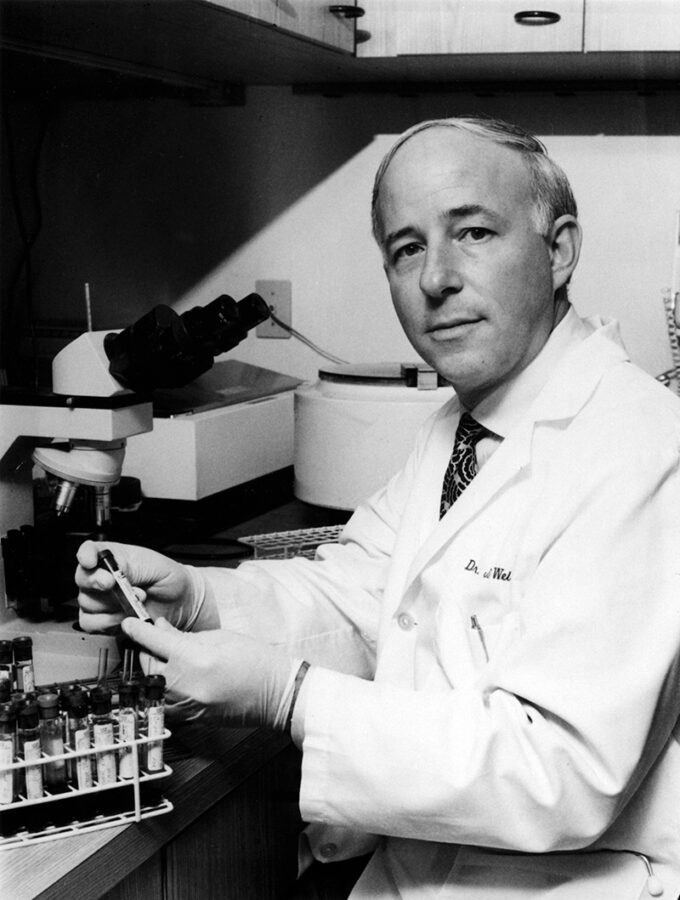
Drs. Michael S. Gottlieb, Joel D. Weisman, et al., report five cases of homosexual men with Pneumocystis carinii pneumonia, a rare form of pneumonia usually found only in severely immunosuppressed patients. The report is published in the June 5, 1981, issue of the U.S. Centers for Disease Control and Prevention’s Morbidity and Mortality Weekly Report (MMWR). Drs. Gottlieb and Weisman later are among amfAR’s founding directors.
The July 3, 1981, MMWR reports 26 cases of Kaposi’s sarcoma (KS), a rare cancer, in homosexual men in both New York and California. The New York Times publishes the first news article about the mysterious new disease. Initial use of the term gay-related immune deficiency (GRID) or “gay cancer” by the media and others mistakenly suggests an inherent link between homosexuality and the new disease. The first AIDS service organization, Gay Men’s Health Crisis (GMHC), is founded in New York City. U.S.
YEAR-END STATISTICS
A total of 159 cases of the new disease are recorded in the U.S.
In addition to cases in men—particularly gay men—cases of AIDS are reported in hemophiliacs and in a few women, infants, and recipients of blood transfusions. Transmission of an infectious agent through blood and sexual contact is strongly suspected.
The Centers for Disease Control (CDC) establishes the term acquired immunodeficiency syndrome (AIDS) and identifies four “risk factors”: male homosexuality, intravenous drug use, Haitian origin, and hemophilia A.
U.S. YEAR-END STATISTICS
771 cases of AIDS reported to date
618 deaths
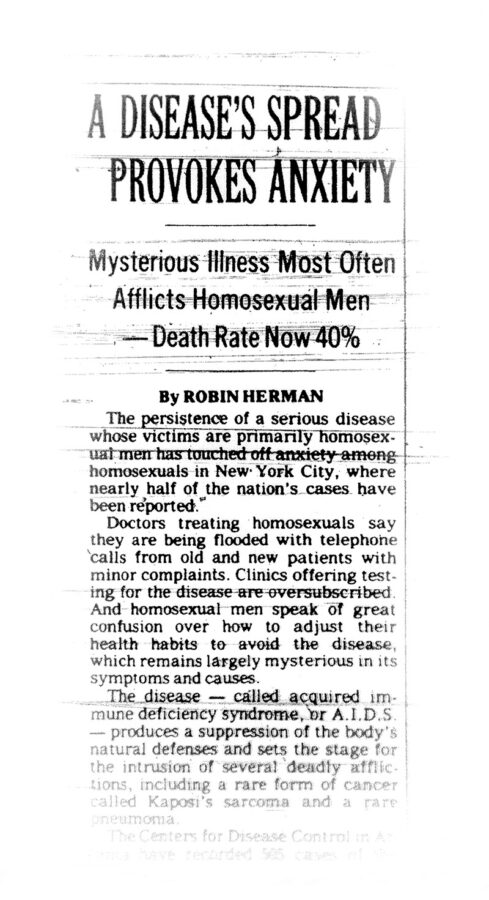
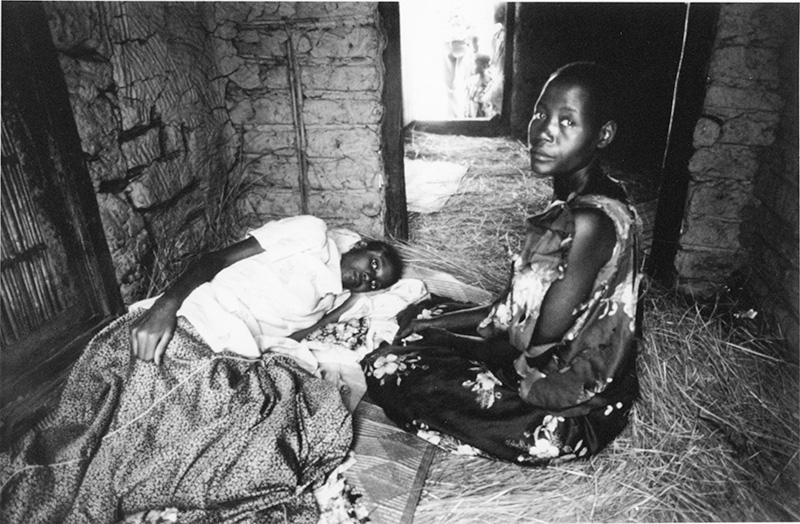
A major outbreak of AIDS among both men and women in central Africa is reported.
The CDC adds female sexual partners of men with AIDS to its list of “risk groups.”
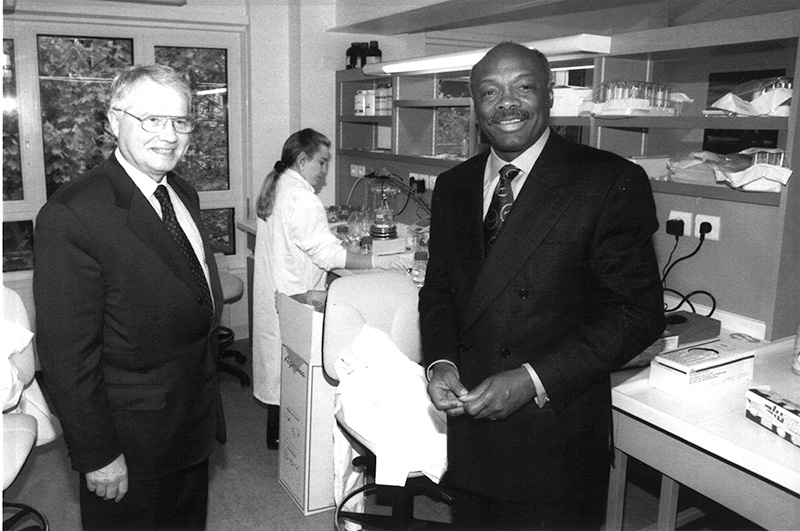
At the Pasteur Institute in France, Drs Françoise Barré-Sinoussi, Luc Montagnier, et al., isolate a new retrovirus from a French patient with AIDS symptoms. They call it lymphadenopathy-associated virus, or LAV.
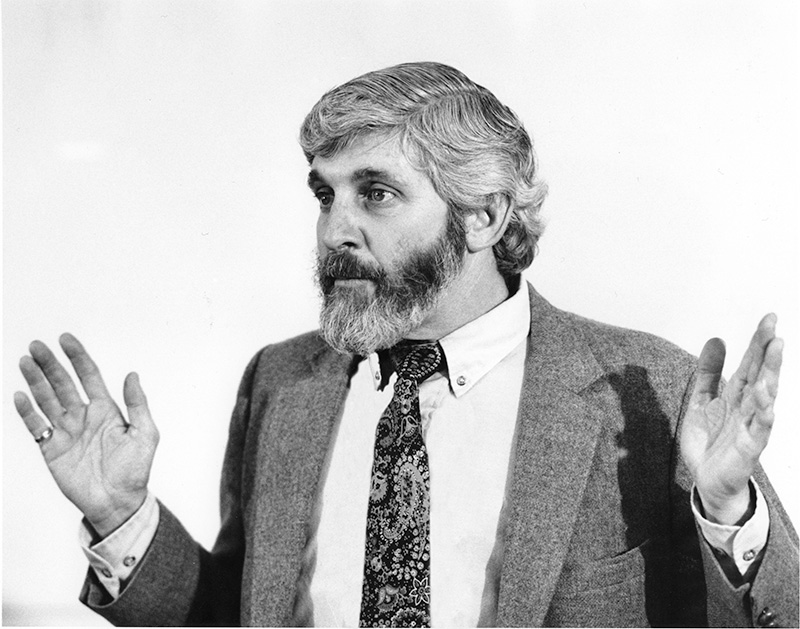
Dr. Mervyn F. Silverman, Director of the San Francisco Department of Health, launches a citywide program to combat the local epidemic.
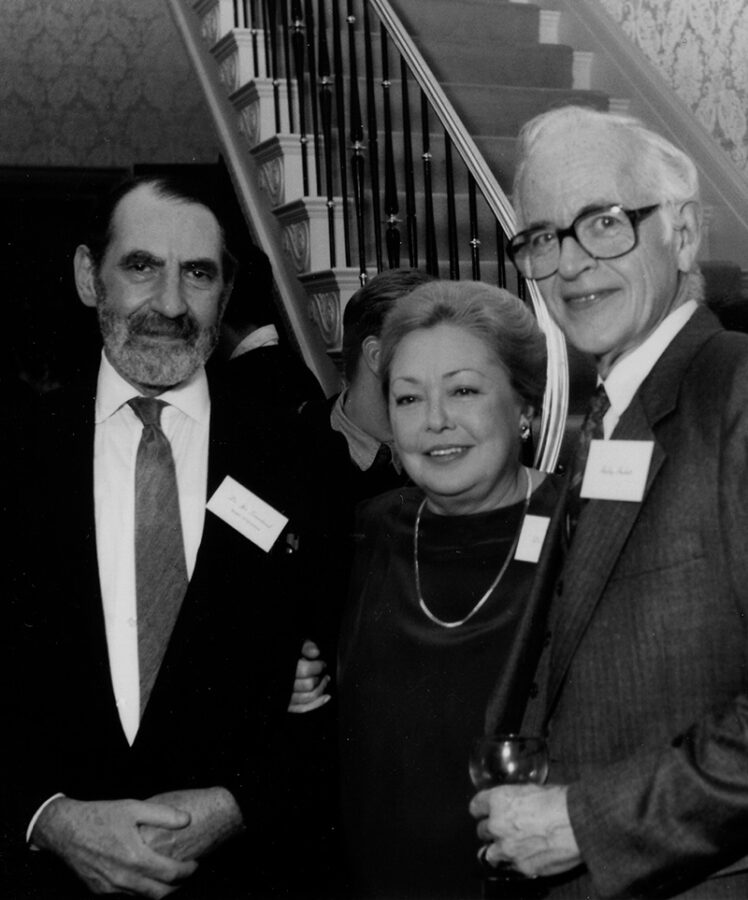
The AIDS Medical Foundation (AMF) is founded by Dr. Mathilde Krim, Dr. Joseph Sonnabend, Michael Callen, and others, as a New York-based AIDS research organization.
The first AIDS discrimination case is brought to court in the U.S. (The suit was filed by Dr. Sonnabend to prevent the eviction of his medical practice specializing in AIDS patients.)
The CDC warns blood banks of a possible problem with the U.S. blood supply and joins other government agencies in issuing the first recommendations for preventing sexual, drug-related, and occupational transmission of HIV.
AIDS cases have now been reported in 33 countries.
U.S. YEAR-END STATISTICS
2,807 cases of AIDS reported to date
2,118 deaths
In Science, a publication of the American Association for the Advancement of Science, Dr. Robert Gallo of the U.S. National Cancer Institute reports that his lab has isolated the virus believed to cause AIDS. He calls it human T-cell lymphotropic virus type III (HTLV-III).
At the University of California, San Francisco, Dr. Jay A. Levy reports the isolation of a retrovirus from U.S. AIDS patients and healthy individuals in risk groups. He calls it the AIDS-associated virus (ARV).
Scientists conclude that AIDS is caused by a new retrovirus, which they later name human immunodeficiency virus (HIV).
U.S. Department of Health and Human Services Secretary Margaret Heckler predicts an AIDS vaccine will be ready for testing within two years.
Dr. Krim testifies before Congress on the need for AIDS research dollars and issues a plea for protecting the rights of people with AIDS.
Scientists isolate a virus that causes an AIDS-like illness in monkeys.
The AIDS Medical Foundation distributes its first 18 basic research grants.
U.S. YEAR-END STATISTICS
7,239 cases of AIDS reported to date
5,596 deaths


The federal government licenses an HIV antibody test, and screening of the U.S. blood supply begins.
Ryan White, a 13-year-old hemophiliac with AIDS, is barred from school in Indiana.
The first International AIDS Conference is held in Atlanta.
The U.S. Department of Defense announces it will begin testing all new recruits for HIV infection and will reject those who test positive.
AMF joins forces with the Los Angeles-based National AIDS Research Foundation to form the American Foundation for AIDS Research (amfAR). Michael Gottlieb, M.D., and Mathilde Krim, Ph.D., become its Founding Chairmen; Elizabeth Taylor becomes its Founding National Chairman.
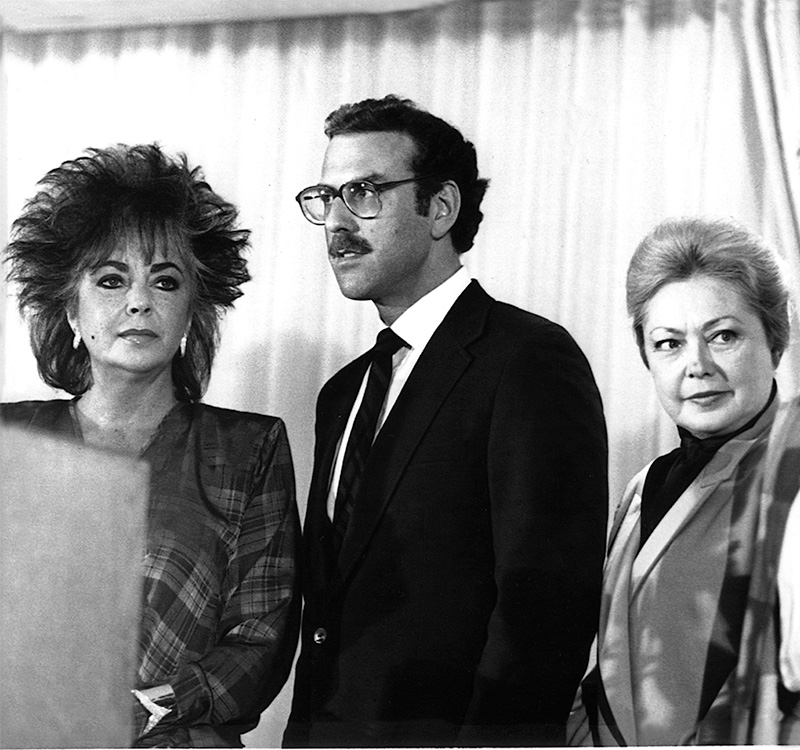
AIDS has now been reported in 51 countries and on every continent except Antarctica.
Rock Hudson dies of AIDS.
U.S. YEAR-END STATISTICS
15,527 cases of AIDS reported to date
12,529 deaths
amfAR issues its first HIV/AIDS Treatment Directory.
In the first comprehensive report on AIDS, the Institute of Medicine states that $2 billion is needed annually for AIDS research and care.
U.S. Surgeon General C. Everett Koop calls for a comprehensive program of sex and AIDS education and urges the widespread use of condoms.
The National Institutes of Health (NIH) plans the formation of its AIDS Clinical Trials Group (ACTG).
The first controlled efficacy trial of AZT is undertaken by the NIH.
In West Africa, a second type of HIV, HIV-2, is discovered in commercial sex workers.
Dr. Krim and Elizabeth Taylor testify before Congress on the need for clinical research in the community setting, accelerated research on new treatments, and rapid access to experimental HIV/AIDS drugs.
Ms. Taylor appears in amfAR-produced public service TV ads to heighten AIDS awareness and encourage compassion for people with AIDS.
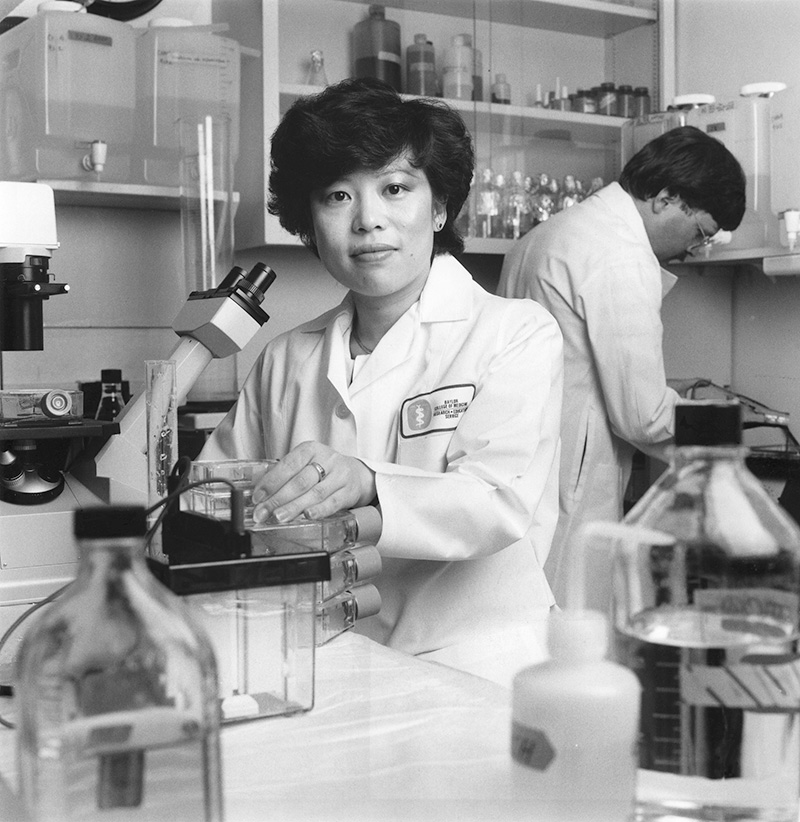
amfAR awards $1.5 million in research grants, including a grant to Dr. Nancy Chang to study an HIV enzyme called protease. (See 1995.)
amfAR Program Officer Terry Beirn joins the staff of the U.S. Senate Committee on Labor and Human Resources and helps craft major AIDS legislation for the next four years.
The first panel of the AIDS Memorial Quilt is created in San Francisco.
Perry Ellis dies of AIDS.
Jerry Smith dies of AIDS.
U.S. YEAR-END STATISTICS
28,712 cases of AIDS reported to date
24,559 deaths
Approved in record time, zidovudine (AZT) becomes the first anti-HIV drug approved by the Food and Drug Administration (FDA). (At $10,000 for a one-year supply, AZT is the most expensive drug in history.)
amfAR awards its first grant addressing the international epidemic to Dr. Peter Piot for his landmark study of female-to-male HIV transmission in Kenya.
The CDC launches a new nationwide public information campaign, “America Responds to AIDS.”
Researchers realize that virtually all cases of HIV infection ultimately lead to full-blown AIDS, but only after a long incubation period.
And the Band Played On, a history of the AIDS epidemic by reporter Randy Shilts, is published.

The AIDS Coalition to Unleash Power (ACT UP) is founded in New York City.
The U.S. government bars HIV-infected immigrants and travelers from entering the country.
The Food and Drug Administration allows condom-makers to advertise the fact that latex condoms can help prevent the transmission of HIV and other sexually transmitted diseases.
The CDC expands its definition of AIDS to include wasting syndrome and dementia.
Michael Bennett dies of AIDS.
Liberace dies of AIDS.
amfAR Board member Sheldon Andelson, Esq., dies of AIDS.
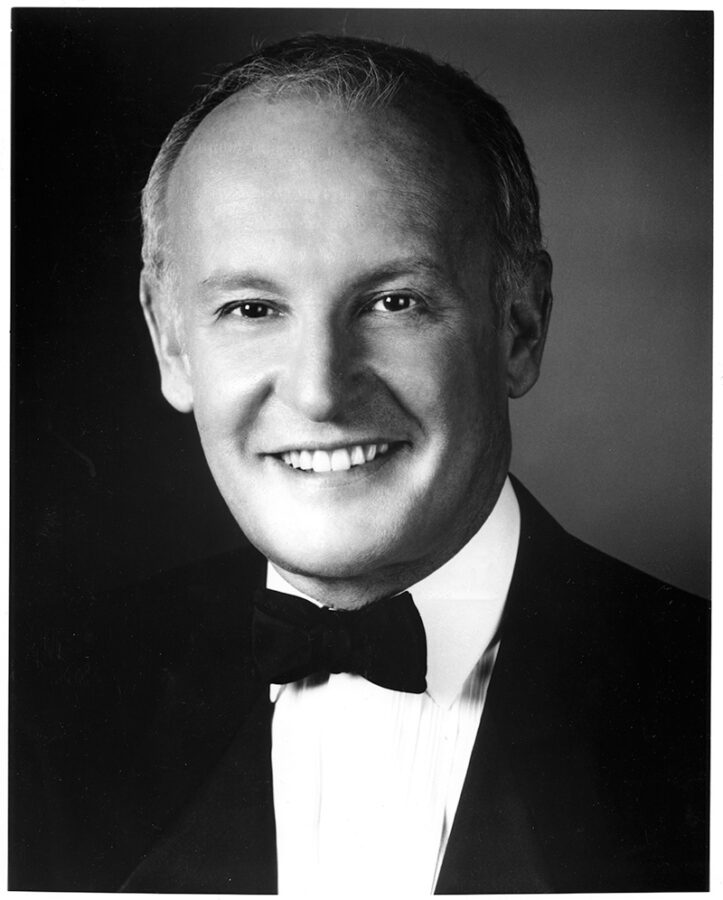
U.S. YEAR-END STATISTICS
50,378 cases of AIDS reported to date
40,849 deaths
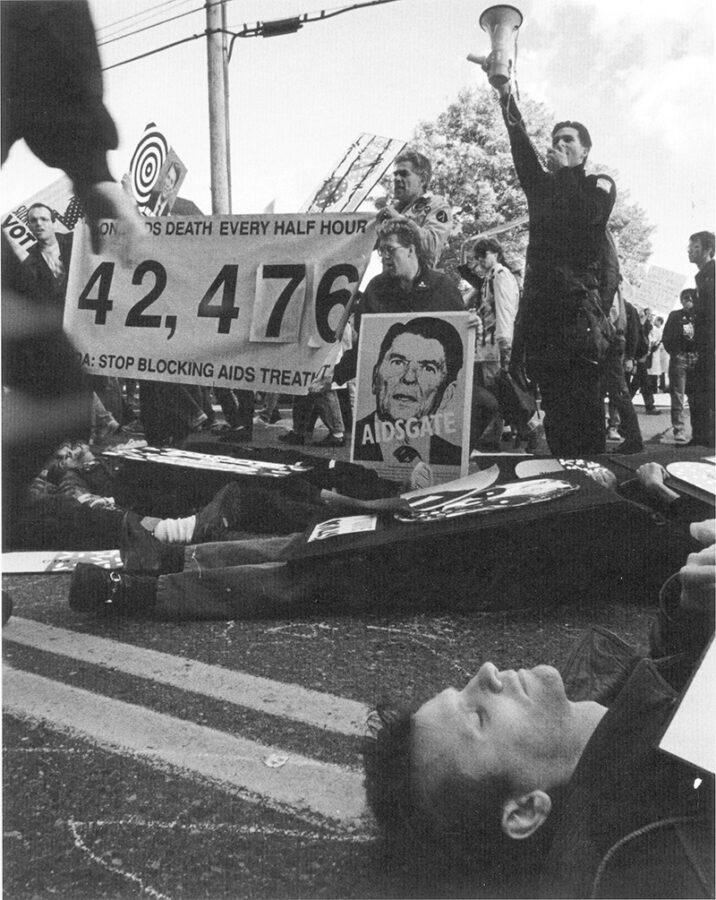
amfAR’s Terry Beirn helps muster support for, and Congress passes, the first comprehensive AIDS legislation—the Hope Act of 1988.
amfAR funds research to evaluate the effectiveness of pilot needle exchange programs in San Francisco and Portland, Oregon. These early studies indicate that making sterile syringes available can help reduce HIV infection rates among injection drug users.
In New York City, new AIDS cases that result from shared needles exceed those attributable to sexual contact, and the city’s Health Department begins an experimental needle exchange program.
ACT UP demonstrates at FDA headquarters to protest the slow pace of AIDS drug approval.
The federal government mails an educational pamphlet, “Understanding AIDS,” to 107 million homes nationwide.
amfAR funds the nation’s first two community-based AIDS clinical trials units in New York City and San Francisco.
Dr. Ruth Ruprecht receives an amfAR grant to test whether AZT can prevent mother-to-infant transmission of an HIV-like virus in monkeys. (See 1994.)
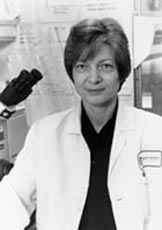
Anthony Fauci, M.D., is named acting director of NIH’s new Office of AIDS Research.
The World Health Organization designates December 1 as World AIDS Day.
amfAR Founding Board member Peter Scott, Esq., dies of AIDS.
U.S. YEAR-END STATISTICS
82,362 cases of AIDS reported to date
61,816 deaths

amfAR establishes a Community-Based Clinical Trials (CBCT) program and awards grants to 16 research units.
The NIH funds 17 community-based AIDS clinical research units as part of a federally sponsored research program.
As a result of CBCT trials, some funded by amfAR, the FDA approves treatments for AZT-induced anemia and Mycobacterium avium complex and a new method of preventing pneumonia.
Robert Mapplethorpe dies of AIDS.
amfAR staff member Bruce Kent dies of AIDS.
U.S. YEAR-END STATISTICS
117,508 cases of AIDS reported to date
89,343 deaths

With crucial help from amfAR’s Terry Beirn, Congress passes the Americans with Disabilities Act, which protects individuals with disabilities, including both people with HIV/AIDS and those suspected of being infected, from discrimination.
Surveillance data indicate that while black and Latina women constitute just 19% of all U.S. women, they represent 72% of U.S. women diagnosed with AIDS.
Domestic and international groups boycott the VI International AIDS Conference in San Francisco to protest U.S. immigration policy banning HIV-infected visitors.
In Nairobi, Kenya, amfAR conducts its first international AIDS prevention workshop.
To date, nearly twice as many Americans have died of AIDS as died in the Vietnam War.
Elizabeth Taylor and Jeanne White testify before Congress, and amfAR’s Terry Beirn rallies support for passage of the Ryan White Comprehensive AIDS Resources Emergency (CARE) Act of 1990.
Ryan White dies of AIDS.
Keith Haring dies of AIDS.
Halston dies of AIDS.
U.S. YEAR-END STATISTICS
160,969 cases of AIDS reported to date
120,453 deaths